Track Snow Storm for Tomorrow New York

Photo courtesy of Getty Images
With the recent snowfalls—even in the warmer parts of the United States—WD got to thinking about the biggest winter storms over the last century. Though the terms blizzard and snowstorm are often used interchangeably, the type of storm actually depends on the strength of the wind. A blizzard is characterized as having a combination of sweeping snow and winds of 35 mph or greater—resulting in extremely low visibility—while a typical snowstorm is simply a great deal of snowfall, which is not nearly as dangerous. Below, learn about seven winter storms that have blown through the country, wreaking havoc along the way.
January 1922—Washington, DC
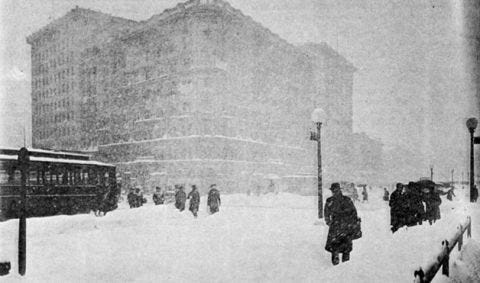
The "Knickerbocker" snowstorm, as it came to be known, began along the East Coast on the evening of January 27, 1922, and didn't stop until two days later, after 28 inches had fallen in Washington, DC. During the storm, temperatures remained in the low to mid 20s. Due to heavy snowfall, the roof of the Knickerbocker Theatre, right in the heart of the city, collapsed, killing 98 and injuring 133—making this one of the worst disasters in the capital's history. Photo courtesy of NOAA Library.
December 1947—New York, NY
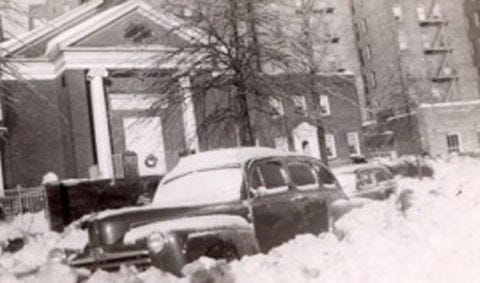
Although New York City is no stranger to snow, the "Big Snow" of 1947 remained the city's largest until 2006. The storm strengthened while in the Gulf Stream, picking up more moisture before it hit. The city recorded 26.4 inches of snow, which stopped subway service, left cars and buses stranded in the streets, and took 77 lives. Photo courtesy of William Sutherland.
January 1967—Chicago, IL
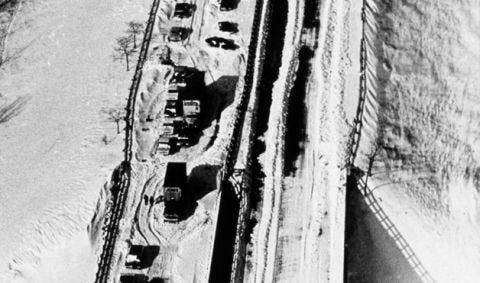
January 1967 was already quite chilly for the Chicago area, with temperatures dropping down to 8 degrees a week before "The Great Snow" hit. Then on January 24, the thunderstorms, wind gusts of up to 48 mph and devastation began. By January 27, the snow had stopped, leaving 23 inches on the ground, but the city's transportation system was at a standstill, airports were closed, vehicles were abandoned, 60 people were dead and the entire city was in uproar. Photo courtesy of NOAA Library.
February 1969—New York, NY
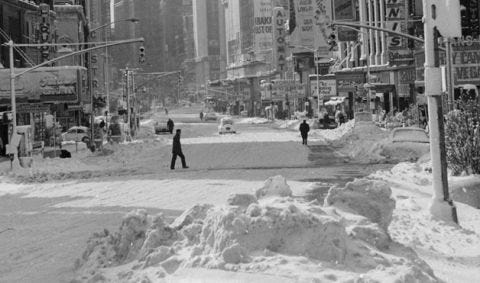
Another deadly one for NYC, this February 1969 storm blew 15 inches of snow into the city. The National Weather Service predicted only a few inches of rain, not preparing the city for what was to come, while almost half of the city's snow removal equipment was defective due to poor maintenance. The storm was later nicknamed the "Lindsay Storm" after Mayor John Lindsay, due to the city's poor management of the storm. The chaos lasted for three days, resulting in 42 deaths and 288 injuries. Photo by Getty Images.
January 1977—Buffalo, NY
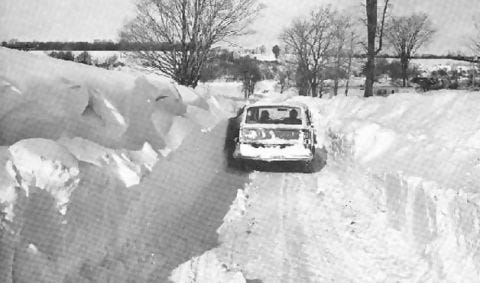
The famous "Blizzard of 1977" in Buffalo, New York, resulted in a federal state of emergency and a weeklong ban on driving. Buffalo and the surrounding areas were snowed in for over a week and the National Guard was called in to help with cleanup. The disarray began on January 28, when the temperature dropped to 0 and 70-mph winds hit the area. The snow blew in off Lake Erie, and by the end of the month, 30 to 35 inches covered the ground. Photo courtesy of Wikipedia.org.
March 1993—East Coast
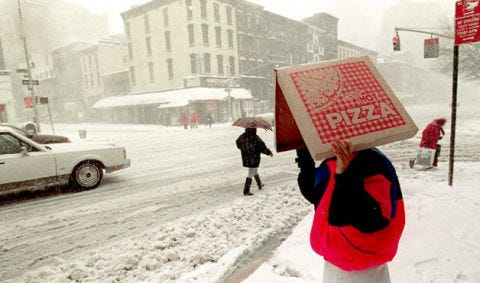
This devastating storm has been called the "Storm of the Century," the "Blizzard of 1993," and the "Superstorm." Bringing heavy winds, extreme amounts of snow and tornadoes to the entire East Coast, this monster set several winter storm records. Wind gusts were up to 144 mph on Mount Washington, New Hampshire, while Mount LeConte, Tennessee, received 56 inches of snow. Hurricane-force winds swept through parts of Florida and every main airport along the East Coast was closed. Photo by Getty Images.
January 1996—East Coast
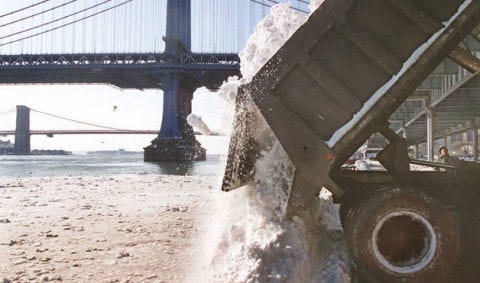
This critical storm brought lots of snow and high winds to the District of Columbia, Virginia, Rhode Island, Pennsylvania, New Jersey and New York. Lynchburg, Virginia, received 20 inches in one day and the wind gusts were as high as 50 mph. The Philadelphia school system closed for 10 days, a church roof collapsed in Harlem, New York, two buses collided in Pittsburgh, and there were numerous accounts of homeless people dying from hypothermia. Photo by Getty Images.
This content is created and maintained by a third party, and imported onto this page to help users provide their email addresses. You may be able to find more information about this and similar content at piano.io
Track Snow Storm for Tomorrow New York
Source: https://www.womansday.com/life/a1231/7-record-breaking-winter-storms-102622/
0 Response to "Track Snow Storm for Tomorrow New York"
Post a Comment